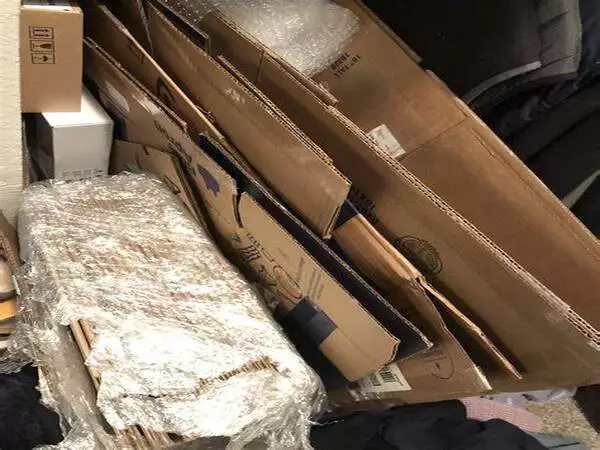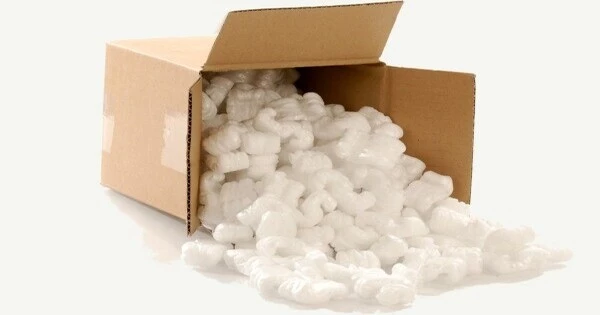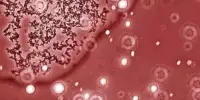Recycling old cardboard to make new foam packaging is a creative and environmentally friendly idea. Traditional foam packaging, such as expanded polystyrene (EPS) or polyethylene foam, can be harmful to the environment due to their inability to biodegrade. Upcycling cardboard into a foam-like material can help reduce waste while also providing a sustainable option.
As the holiday season approaches, gifts of all shapes and sizes are being shipped all over the world. However, all of that packaging creates a lot of waste, including cardboard boxes and plastic-based foam cushioning like StyrofoamTM. Rather than throwing away the boxes, researchers published in ACS Sustainable Chemistry & Engineering created a cushioning foam out of them. Their upcycled material was stronger and more insulating than traditional cushioning made of plastic foam.
Molded cushioning materials, such as Styrofoam, are currently used to keep electronics and toys nestled tightly inside of a box. Lightweight cellulose aerogels could be a sustainable alternative, but current methods for producing them from wastepaper require several chemical pretreatment steps.
Jinsheng Gou
Wastepaper is one of the most common types of trash that accumulates in a home. Everything from newspapers and junk mail to paperboard envelopes and cardboard boxes can accumulate, especially now that online shopping is so popular. Researchers want to turn these containers and paper waste into something useful – sturdy but lightweight mailing materials.
Molded cushioning materials, such as Styrofoam, are currently used to keep electronics and toys nestled tightly inside of a box. Lightweight cellulose aerogels could be a sustainable alternative, but current methods for producing them from wastepaper require several chemical pretreatment steps. So Jinsheng Gou and colleagues set out to develop a simpler method for producing a wastepaper-based foam material that could withstand even the most arduous deliveries.

To make their foam, the team blended cardboard scraps to make a pulp, then mixed it with either gelatin or polyvinyl acetate (PVA) glue. The mixtures were poured into molds, refrigerated, and then freeze-dried to form cushioning foams. Both paper-based foams performed admirably as thermal insulators and energy absorbers, outperforming some plastic foams.
The team then combined the pulp, gelatin, PVA glue, and a silica-based fluid that hardens when force is applied to create a heavy-duty version of their wastepaper foam. This version of the cardboard-based foam withstood hammer strikes without shattering, implying that it could be used in force-intensive deliveries such as parachute-free airdrops. The researchers say their work offers a simple yet efficient method to upcycle cardboard to create more environmentally friendly packaging materials.
















